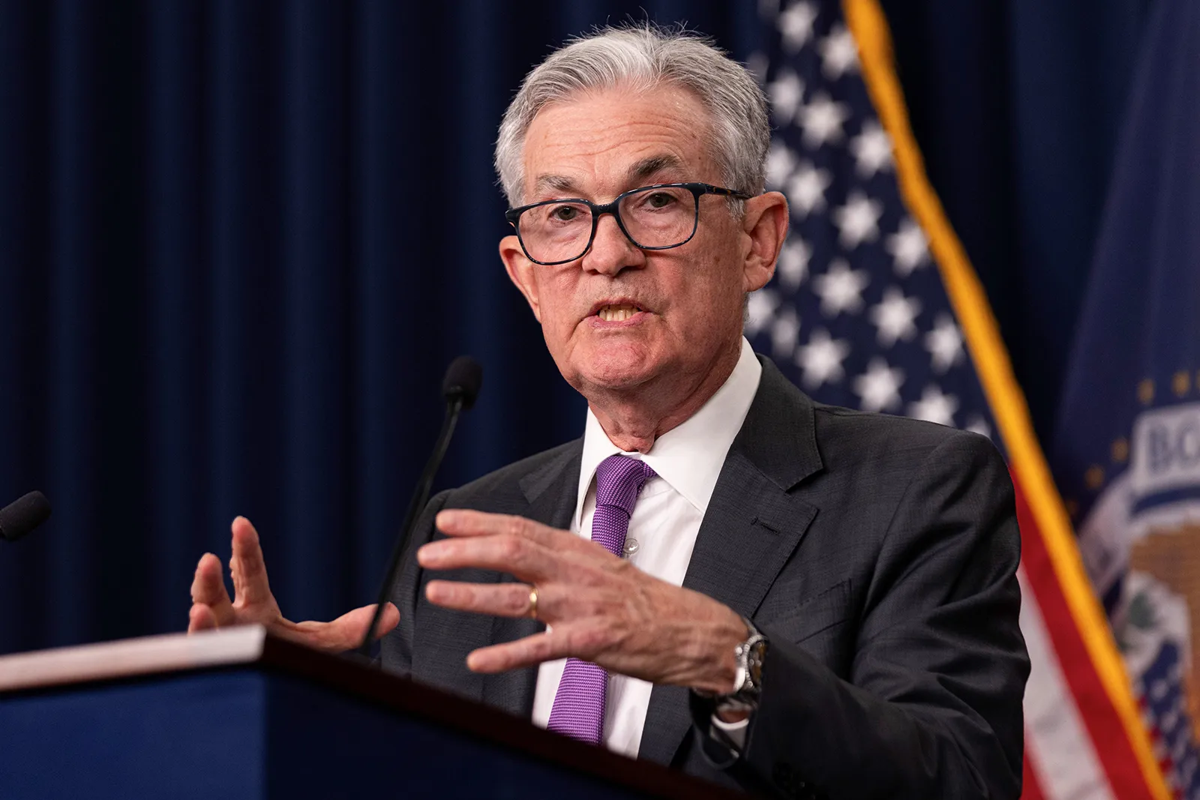Physical Address
304 North Cardinal St.
Dorchester Center, MA 02124
Physical Address
304 North Cardinal St.
Dorchester Center, MA 02124

Long-term rates likely higher — that was the message from Federal Reserve Chair Jerome Powell in a recent address at a policy conference in Washington, D.C.
The Fed is preparing for a new economic reality shaped by inflation volatility, global disruptions, and shifting trade dynamics.

Powell made it clear: the era of near-zero interest rates following the 2008 crisis is likely behind us.
Although long-term inflation expectations remain anchored near the Fed’s 2% target, Powell explained that structural changes in the economy and persistent price pressures will keep long-term rates likely higher than what we saw in the 2010s. With the federal funds rate currently at 4.25%–4.5%, the shift is already underway.
Takeaway: Cheap borrowing is no longer the norm—expect higher baseline rates moving forward.
Powell warned of more frequent and disruptive supply shocks.
Whether it’s a pandemic, war, or tariffs, these shocks both slow growth and drive up prices—putting the Fed in a tough spot. Do they fight inflation or support jobs? It’s a balancing act with no easy answers.
These complications are another reason why long-term rates likely higher has become the Fed’s new outlook. Persistent volatility demands stronger policy buffers.
Takeaway: Supply shocks are the wildcards reshaping monetary strategy.
In response to these changes, the Fed is revisiting its core policy framework—the first major overhaul since 2020.
Powell said the Fed will reassess its inflation flexibility policy, which previously allowed inflation to overshoot 2%. In today’s climate, that wiggle room may not be wise. The Fed also wants to improve how it communicates expectations in uncertain times.
Takeaway: Old rules may not apply in a more volatile economy.

Despite growing speculation about rate cuts in late 2025, Powell struck a cautious tone.
The Fed has kept rates steady in recent meetings, waiting for more concrete signs of easing inflation. With new tariff risks on the horizon and global instability continuing, Powell signaled that long-term rates likely higher is a base case, not a blip.
Takeaway: No rush to cut—Powell is playing the long game.
Powell’s speech reflected a Fed facing a changed world. With long-term rates likely higher, frequent supply shocks, and inflation risks still lingering, the central bank is rethinking how it guides the economy forward.
Bottom line: The Fed isn’t just adjusting interest rates—it’s adapting to an era of deeper uncertainty.
Daily News. No B.S. No Fluff. Just What You Need to Know.